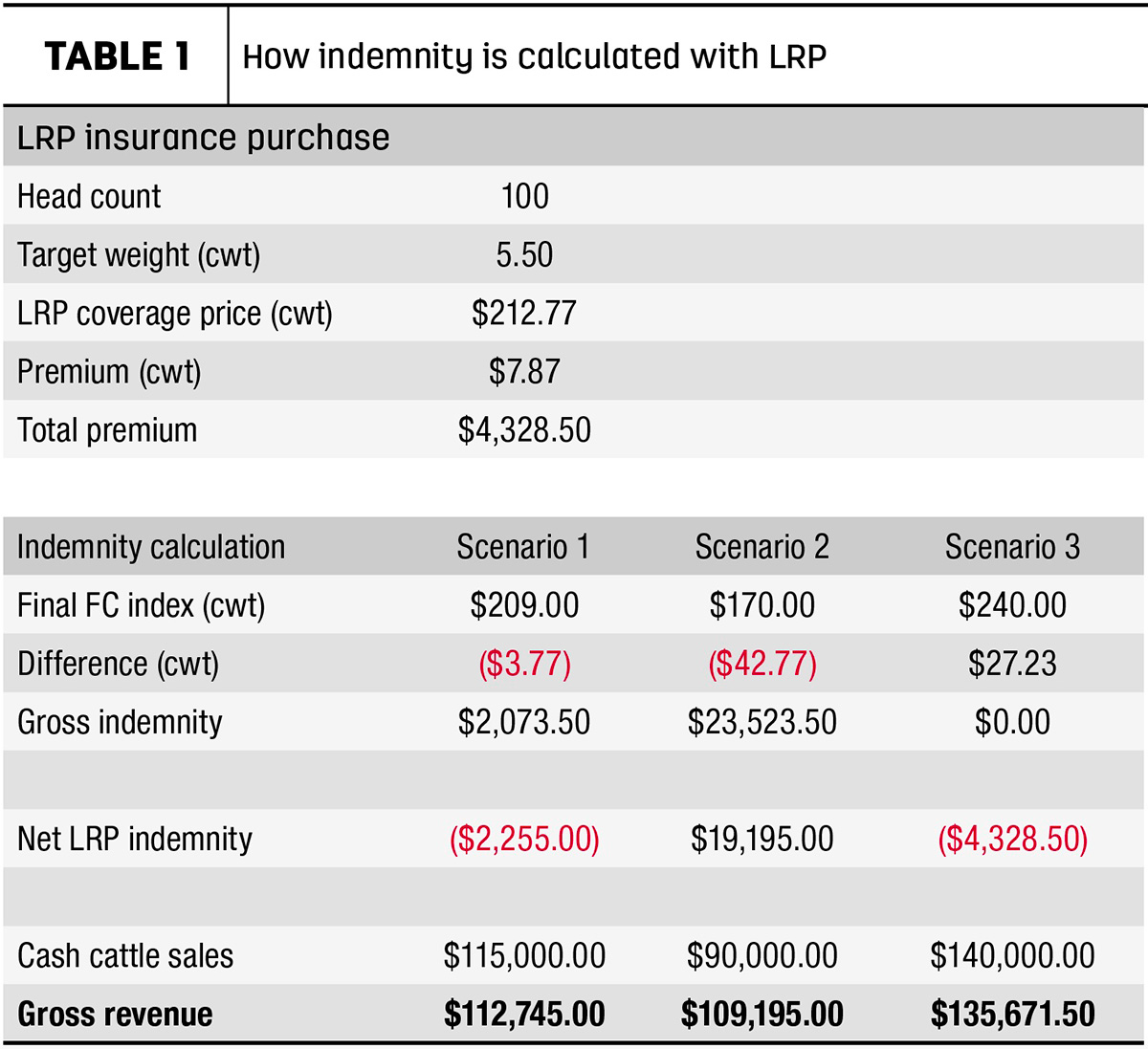Navigating Company Risks with Bagley Risk Management
Comprehending Animals Threat Security (LRP) Insurance Policy: A Comprehensive Guide
Browsing the world of livestock risk security (LRP) insurance coverage can be an intricate undertaking for numerous in the farming industry. From just how LRP insurance coverage operates to the numerous coverage options readily available, there is much to reveal in this comprehensive guide that could potentially shape the method livestock producers approach risk management in their services.

Just How LRP Insurance Coverage Works
Periodically, recognizing the auto mechanics of Livestock Threat Security (LRP) insurance can be intricate, however damaging down exactly how it works can give clearness for herdsmans and farmers. LRP insurance coverage is a risk administration device created to protect animals producers against unexpected rate declines. The plan allows producers to establish a protection level based upon their details requirements, picking the variety of head, weight variety, and protection cost. As soon as the plan is in location, if market value drop listed below the protection rate, producers can submit a case for the distinction. It is essential to keep in mind that LRP insurance is not an earnings guarantee; instead, it concentrates solely on cost threat protection. The protection duration generally varies from 13 to 52 weeks, giving flexibility for producers to pick a period that aligns with their production cycle. By making use of LRP insurance policy, farmers and ranchers can alleviate the economic risks associated with changing market value, ensuring greater stability in their procedures.
Eligibility and Coverage Options

When it comes to coverage choices, LRP insurance policy offers producers the versatility to pick the coverage level, protection duration, and recommendations that ideal match their risk management requirements. Insurance coverage degrees generally range from 70% to 100% of the expected ending worth of the insured animals. Manufacturers can also select insurance coverage durations that align with their production cycle, whether they are guaranteeing feeder livestock, fed livestock, swine, or lamb. Recommendations such as price threat defense can further tailor coverage to protect versus adverse market changes. By comprehending the eligibility requirements and protection choices offered, livestock producers can make educated decisions to manage risk efficiently.
Pros and Cons of LRP Insurance
When evaluating Animals Danger Protection (LRP) insurance policy, it is crucial for animals producers to consider the disadvantages and benefits inherent in this danger administration tool.

One of the main benefits of LRP insurance policy is its capacity to provide protection against a decline in livestock prices. Additionally, LRP insurance coverage supplies a degree of adaptability, permitting manufacturers to personalize protection levels and plan durations to suit their specific needs.
However, there are also some drawbacks to think about. One limitation of LRP insurance is that it does not safeguard versus all kinds of dangers, such as illness break outs or natural disasters. Premiums can sometimes be pricey, specifically for producers with large animals herds. It is essential for producers to meticulously analyze their private risk direct exposure and monetary circumstance to determine if LRP insurance policy is the ideal risk management device for their operation.
Understanding LRP Insurance Policy Premiums

Tips for Maximizing LRP Advantages
Making best use of the benefits of Livestock Risk Security (LRP) insurance policy calls for strategic planning and proactive danger administration - Bagley Risk Management. To take advantage of your LRP coverage, consider the following suggestions:
Consistently Analyze Market Problems: Stay informed about market trends and cost changes in the animals market. By keeping an eye on these variables, you can make enlightened choices regarding when to buy LRP protection to safeguard against prospective losses.
Set Realistic Coverage Degrees: When selecting coverage degrees, consider your manufacturing costs, market price of livestock, and potential threats - Bagley Risk Management. Establishing practical insurance coverage degrees makes sure that you are appropriately shielded without paying too much for unnecessary insurance
Expand Your Insurance Coverage: Rather of relying solely on LRP insurance, take into consideration expanding your threat administration techniques. Combining LRP with various other danger management devices such as futures contracts or options can give detailed coverage versus market uncertainties.
Review and Readjust Coverage Regularly: As market problems change, regularly evaluate your LRP insurance coverage to ensure it straightens with your present risk exposure. Adjusting protection degrees and timing of purchases can aid enhance your threat security approach. By complying with these tips, you can maximize the advantages of LRP insurance and guard your animals procedure versus unforeseen threats.
Conclusion
In verdict, livestock threat protection (LRP) insurance policy is a valuable device for farmers to manage the monetary threats connected with their animals operations. By comprehending just how LRP works, qualification and coverage choices, along with the advantages and disadvantages of this insurance, farmers can make enlightened decisions to safeguard their resources. By thoroughly taking into consideration LRP premiums and executing strategies to take full advantage of benefits, farmers can reduce possible losses and guarantee the sustainability of their procedures.
Animals manufacturers interested in obtaining Livestock Danger Security (LRP) insurance policy can discover an array of qualification criteria and click here to read coverage options tailored to their particular livestock operations.When it comes to coverage options, LRP insurance uses producers the versatility to select the insurance coverage degree, protection duration, and endorsements that best fit their risk administration requirements.To understand the ins and outs of Livestock Risk Protection (LRP) insurance fully, understanding the factors affecting LRP insurance policy premiums is crucial. LRP insurance costs are figured out by different elements, including the insurance coverage level chosen, the anticipated rate of livestock at the end of the coverage duration, the type of livestock being guaranteed, and the length of the coverage duration.Review and Readjust Protection Frequently: As market conditions transform, regularly evaluate your LRP insurance coverage to ensure it aligns with your existing risk direct exposure.